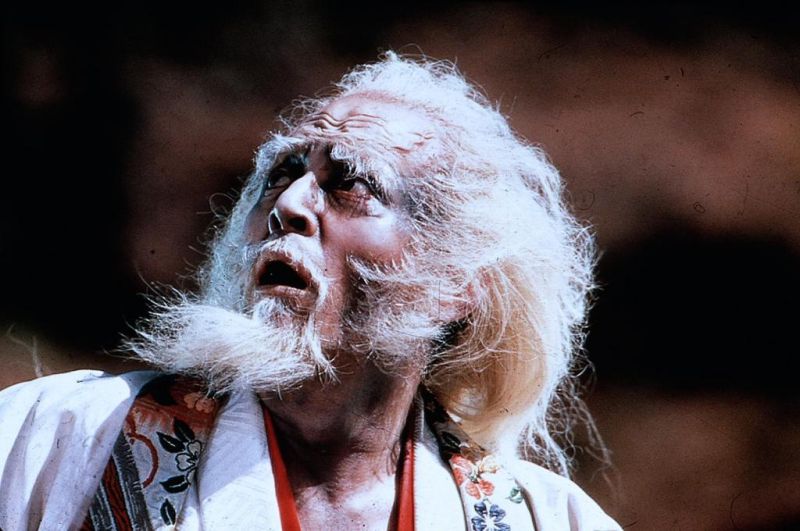
There might be thousands of immensely talented actors all around the world, but they may be lost, unknown or forgotten because they may not have performed in great films. Millions of mainstream films will bomb and only great films can stay alive for generations. This is why the future will only remember the actors of those great films.
What makes an actor great? It can be the capability to act in versatile roles, to push their acting boundaries, to perform in great films, to collaborate with acclaimed directors, to elevate films through their own performance, among others.
Tatsuya Nakadai is probably the greatest actor of Japanese cinema and without a doubt, one of the greatest actors in the world. He falls into all of the above categories. He has collaborated with great directors like Masaki Kobayashi, Akira Kurosawa, Mikio Naruse, Kon Ichikawa, Hiroshi Teshigahara, Kihachi Okamoto, and Masahiro Shinoda. He will be remembered and praised for decades for his versatile roles in many superb films.
This list has excluded his work in television and anime films, and also excludes films where he makes a very minimal appearance, like Seven Samurai. We have tried to rank the films analyzing both the quality of Nakadai’s performance and film itself.
20. Immortal Love (1961)
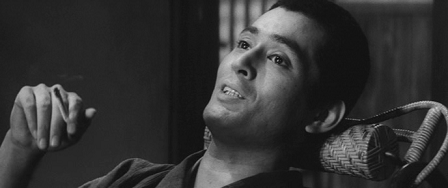
Best known for his magnum opus “The Ballad of Narayama” (1958) and other great film like “Twenty-Four Eyes”, Keisuke Kinoshita is a lesser-known pioneer of Japanese cinema than his contemporaries like Yasujiro Ozu, Kenji Mizoguchi and Akira Kurosawa.
“Immortal Love” is a very good film about love and Nakadai again has a villainous role in this one. He forcefully violates a woman to marry him because she loves another man. But her love for that man remains immortal until the end of the film, which is the main problem for Nakadai. It can be comparable to the family dramas from Ozu and Naruse.
19. Odd Obsession (1959)
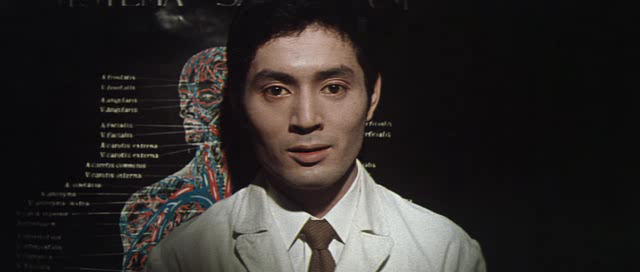
Another good film from Ichikawa, it is also a very weird one, where all the characters fall into an odd obsession. Nakadai ends up having an affair with his future mother-in-law, and his fiancée and future father-in law know all about it.
In fact, it was an affair planned by his future father-in-law. Even knowing this much about the story may not affect the viewer’s curiosity because very odd things happen slowly, but the ending isn’t very good. Maybe this ridiculous ending prevented it from being a classic, but it is a very good film.
18. Kill! (1968)
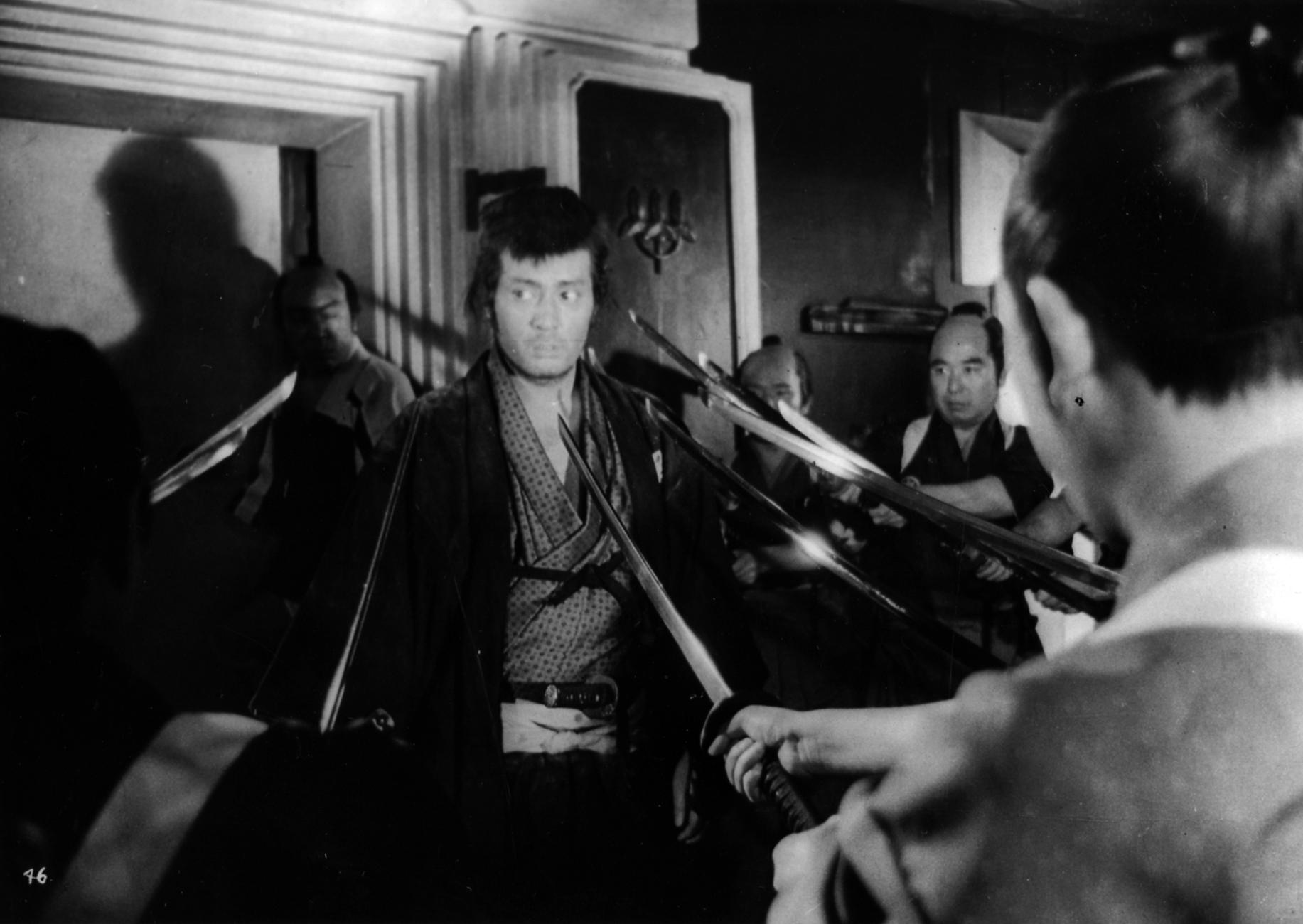
Best known for his magnum opus “The Sword of Doom”, Kihachi Okamoto is one of the most important directors in Japan who has made other samurai classics like “Kill!” and “Samurai Assassin”. His talent shows that he can make such a devastating film like “Doom” as well as such a witty film like “Kill!”
Another interesting aspect about this film is that it is based on the same novel on which Kurosawa’s “Sanjuro” was based. Yet both seem very different and unique on their own, even though the stories seem similar. Nakadai is a group member here who wanders here and there and who used to be a samurai, and now doesn’t want to be one. Okamoto is very good at making witty films and “Kill!” is a fine example.
17. The Scandalous Adventures of Buraikan (1970)
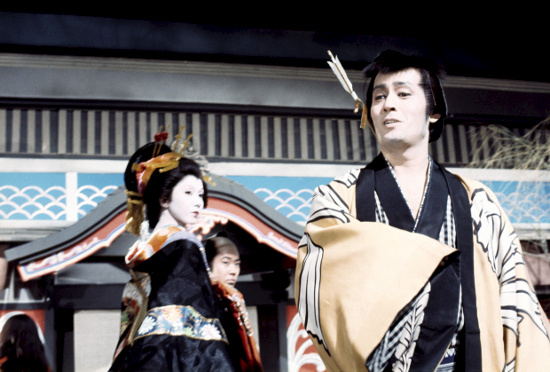
Born in a poor family, who didn’t have a chance to take university education, Nakadai wasn’t just a struggling actor but also a very fortunate one. He had a chance to collaborate with many great directors and one name among them is Masahiro Shinoda, famously known for his masterpiece “Pale Flower” and other great Jidaigeki films.
Nakadai shared the screen with Shinoda’s beautiful wife Shima Iwashita, who has played in many of his films. Nakadai is an aspiring actor here who wants to marry a beautiful geisha, but his mother doesn’t want that at all and he can’t ignore her. Largely unseen, this film is very funny and enjoyable.
16. Enjo (1958)
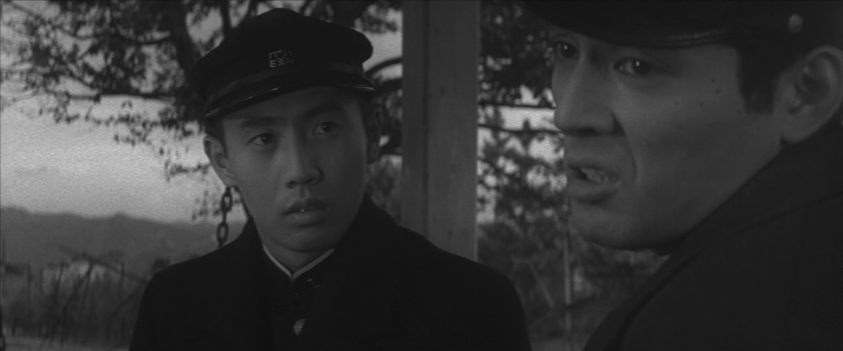
Based on the famous novel “The Temple of the Golden Pavilion” (which is considered to be better than the film) by the famous writer Yukio Mishima, this film has done justice to some extent. Kon Ichikawa has made some great films including “The Burmese Harp” and “Fires on the Plain”, and this one is also very good but largely unseen.
When it was made, Nakadai wasn’t a very well known actor. Here, Nakadai has a supporting role but a very good one. He is a very eloquent guy who can articulate his thoughts and feelings; he humiliates the protagonist of this film but he is actually a lonely and insecure person. Fans of Nakadai should see it to know about the start of his career, which is very good.
15. High and Low (1963)
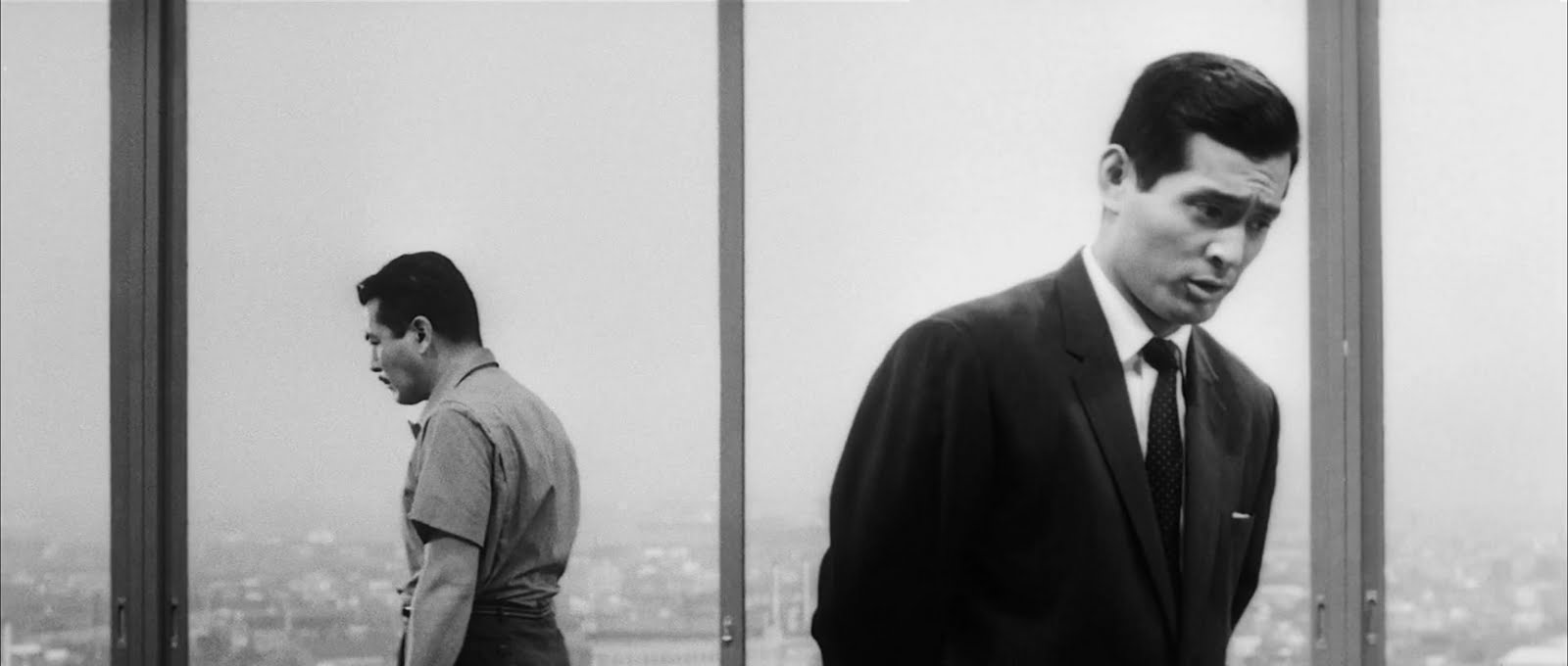
Another interesting and great film by Kurosawa set in modern time, it is probably the only film where Mifune and Nakadai are mutual helpers; Nakadai is a detective chief who helps rescue the kidnapped child of Mifune.
It is actually a crime drama which is very chilling, especially at the end, and film’s presentation is actually Hitchcockian. Somehow it makes viewer to think about Hitchcock’s horror masterpiece “Psycho” while watching. Nakadai is a very soft, helping, understanding and shrewd police detective in this film, which is one of his best performances.
14. Hitokiri (1969)
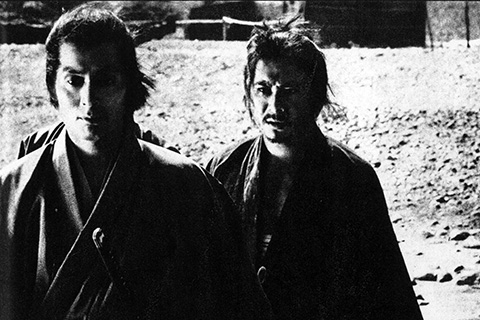
Another fine film by Hideo Gosha, “Hitokiri” has also beautiful cinematography and sword fights. Another interesting element is the Zatoichi-hero Shintaro Katsu and Nakadai sharing the screen; Katsu as a ruthless killer hired by group leader Nakadai, who is very selfish. The story becomes interesting when Nakadai has to kill Katsu.
Actually, Nakadai has a villainous, selfish and ruthless character which he has successfully performed. It is a very enjoyable samurai film especially for samurai film fans.
13. Yojimbo (1961)
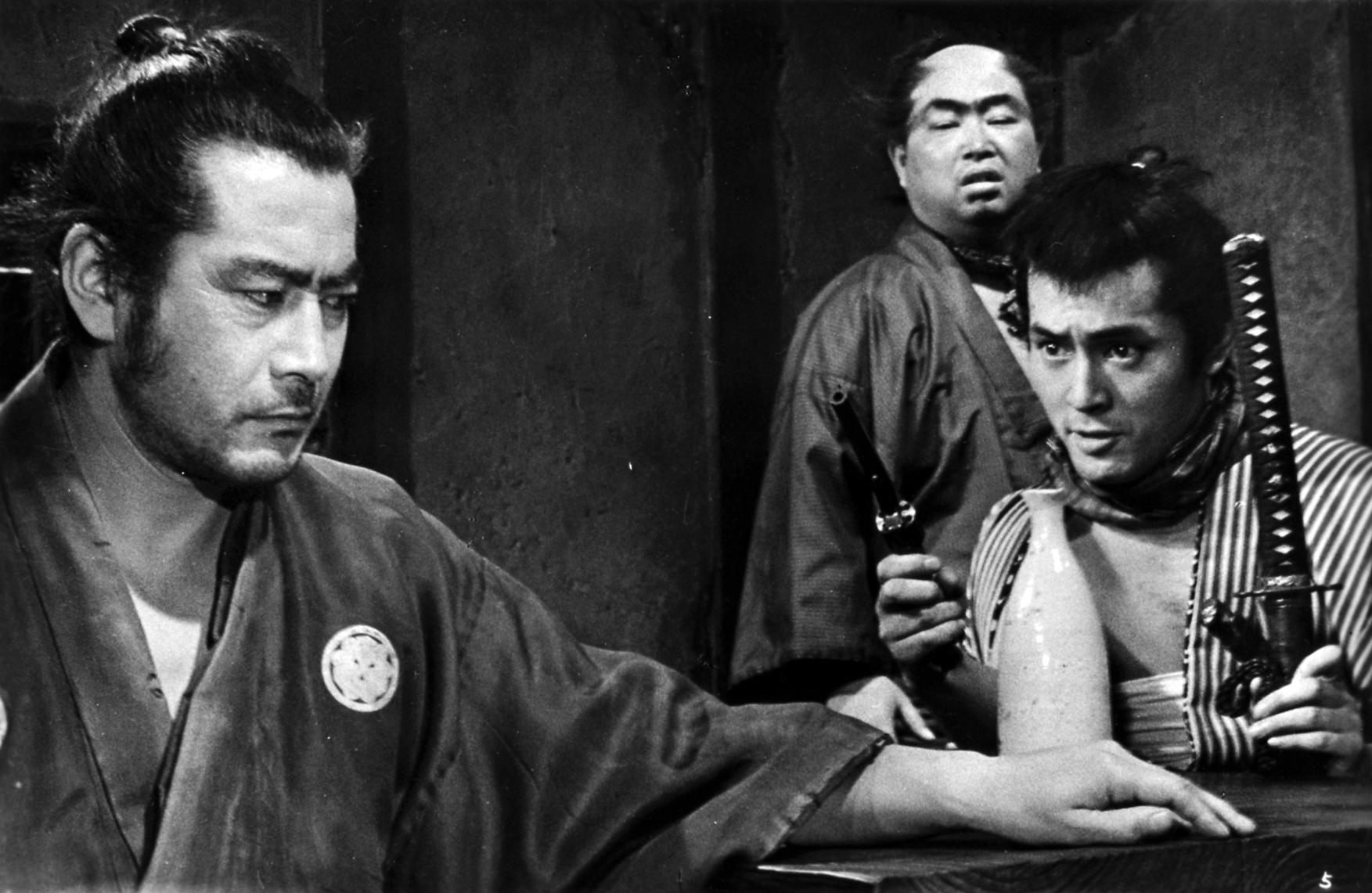
A prequel to “Sanjuro”, “Yojimbo” is another very funny and entertaining Kurosawa film. Both Nakadai and Mifune are rivals again here; just as in “Sanjuro”, Mifune plays a nameless ronin (who can be explained as an anti-hero) and Nakadai is a villain.
A highly successful and influential Kurosawa film both in Japan and in the West, it was remade as a Spaghetti Western by Sergio Leone entitled “A Fistful of Dollars”. Sergio Corubcci’s “Django” series is also similar to this. Mifune’s role of the nameless ronin is developed in Western films as Man With No Name, like the protagonist of “Dollars Trilogy”, played by Clint Eastwood.
12. Sanjuro (1962)
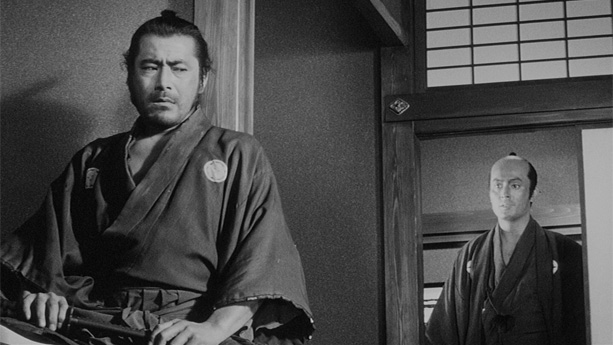
This film is a sequel to Kurosawa’s “Yojimbo”. Nakadai played the role of a corrupt official who is a main rival and problem for Mifune, the film’s protagonist, a nameless ronin and an anti-hero who was developed in “Yojimbo”. Mifune used to be Kurosawa’s main choice since Rashomon until their relationship turned cold.
Nakadai used to be the secondary choice, but since Nakadai could act in many roles and was frequently seen as the rival of Mifune, many directors saw them as rivals. Here, Nakadai is a villain who duels with Mifune in one of the best and most violent duel scenes ever made. This entertaining, funny and violent film is not to be missed for samurai film lovers.
11. Goyokin (1969)
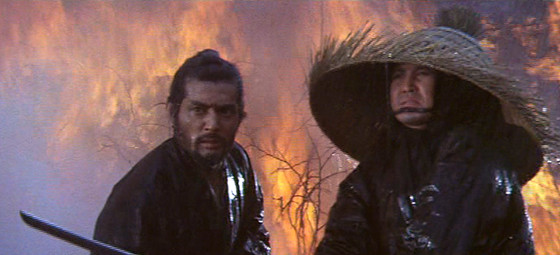
Hideo Gosha’s finest film, “Goyokin”, will be remembered mainly for its stunningly beautiful cinematography. Nakadai, as a main protagonist, played as a solitary ronin who has a secret sin and wants to atone for it.
His action sequences and brilliant performance of a ronin are the strong and remarkable points of this film. It was even remade as a Western film titled “The Master Gunfighter”, which wasn’t much of a critical success.